1. Introduction
2. The status of Ship-to-ship transfer
3. Mooring safety assessment of STS
3.1 Summary of mooring safety assessment
(1) Target sea area
(2) Target vessel
(3) Natural external condition
Fx : the x vector component of an externally applied force, (e.g. wind, current)
Px : the x vector component of a mooring line force (fenders exert no force in the x direction).
Fy : the y vector component of an externally applied force, (e.g. wind, current)
Py : the y vector component of a mooring line force (fenders exert no force in the x direction).
Mxy : the moment in the x-y plane produced by an externally applied force, (e.g. wind, current)
Nxy : the moment in the x-y plane produced by a mooring line force or fender force.
3.2 Sensitivity analysis
(1) Ship’s loading condition
(2) Mooring line pretension
(3) Sea depth
(4) Encounter angle with weather
4. Risk matrix based on weather condition
Fig. 16
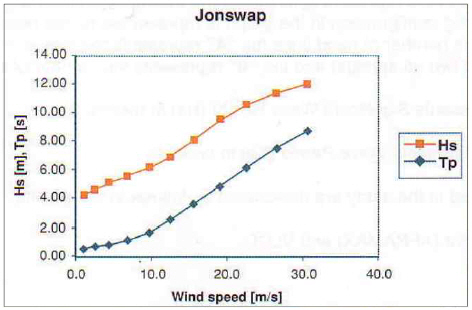
5. Conclusion
-
(1) During the STS mooring, sensitivity analysis was performed according to the change of the ship's cargo loading condition, pre-tension of the mooring line, the sea depth, and the encounter angle with the external force.
As a result of analyzing the cargo loading of the mother ship and daughter ship separately from the laden and ballast condition, it was found that when the mother ship's loading condition was in laden condition, the maximum tension of the mooring line was increased. However, the maximum reaction force of the fender did not change significantly depending on the ship's loading condition.In the case of the mooring line's pre-tension, as the pre-tension increases, the force acting on both the mooring line and the fender increases. The result shows that the mooring line's pre-tension has a significant effect on the STS mooring. Considering this, it can be seen that the pre-tension of mooring line needs to be properly confirmed in the case of the STS mooring safety assessment.In case of sea depth, the maximum tension of mooring line increased with deepening sea depth, but it was confirmed that there was no significant effect on the maximum reaction force of the fender.As a result of confirming the encounter angle with the external force for 360 degrees in 30 degree intervals, the maximum tension of the mooring line acted stronger as it was closer to the transverse direction and a smaller tension in the lateral direction. In contrast to the mooring line, the maximum reaction force of the fender was confirmed that the strong reaction force acted in the starboard stern direction and the stern direction. -
(2) The risk matrices for the STS moorings were evaluated in three stages: safety, caution and risk. In case of securing safety, it was evaluated as “Safety”(Green). If careful attention should be given to cargo operations, and if it is necessary to prepare for the immediate discontinuation of the operation, it may be classified as “Caution”(Yellow) and when safety is not secured and urgent response is required, it is classified as “Danger”(Red).
Through the risk matrix, it was found that the STS operation conditions at Yeosu anchorage should be less than 10 seconds of wave period with less than 1.0m wave significant height or less than 8 seconds of wave period with less than 2.0m of wave significant height.In this study, a numerical analysis program was used to evaluate the differences in safety factors during STS mooring. Through this, STS mooring characteristics were confirmed by identifying factors affecting STS mooring safety. This not only enables the identification of the influence factors to be considered in setting the target area, but also can be used as a resource to check the factors to be careful during STS operation. In addition, it is expected to prevent damage due to bad weather in the port through measures for external force change during STS operation by identifying the limit external force condition in the relevant area by creating a risk matrix for mooring safety.



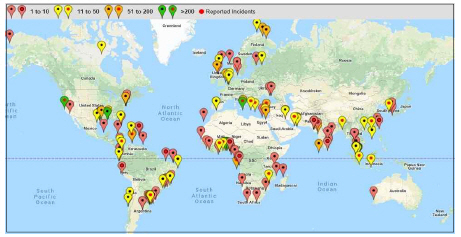
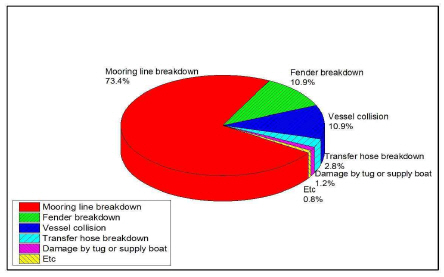
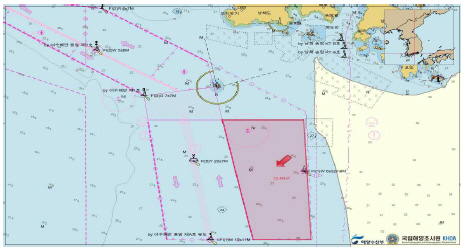

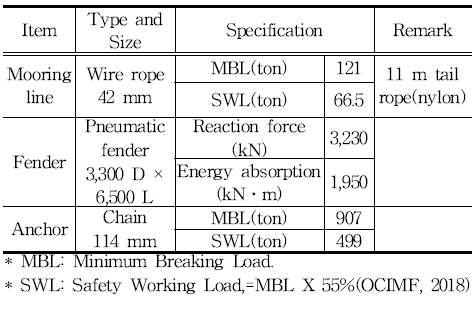
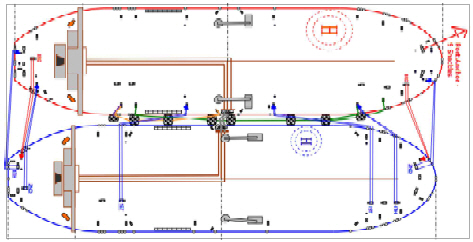

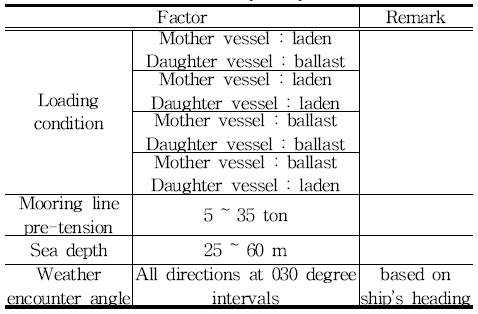
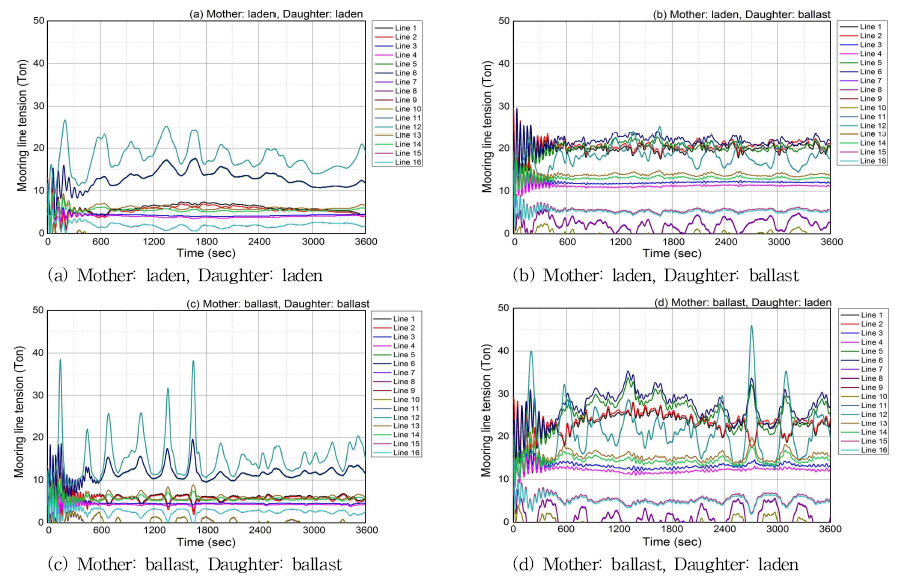
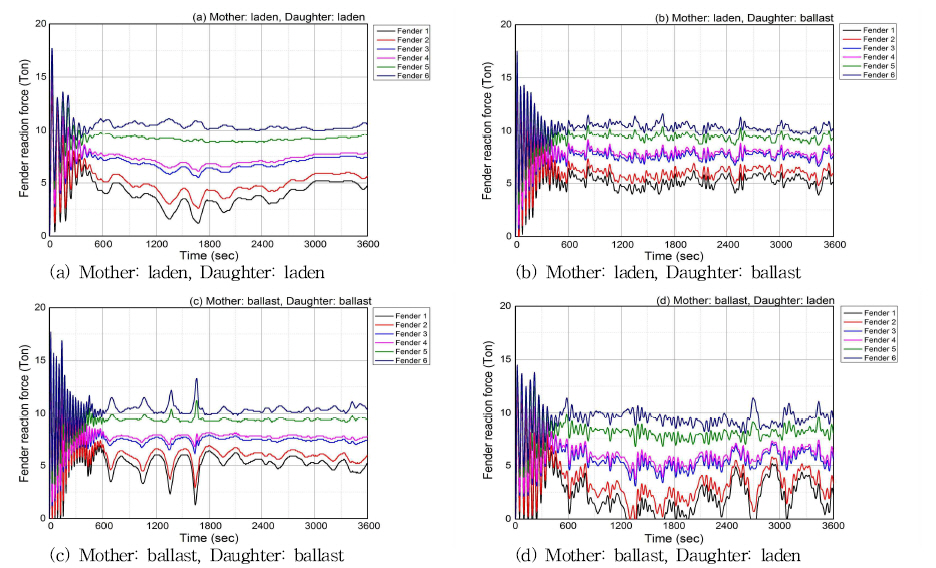

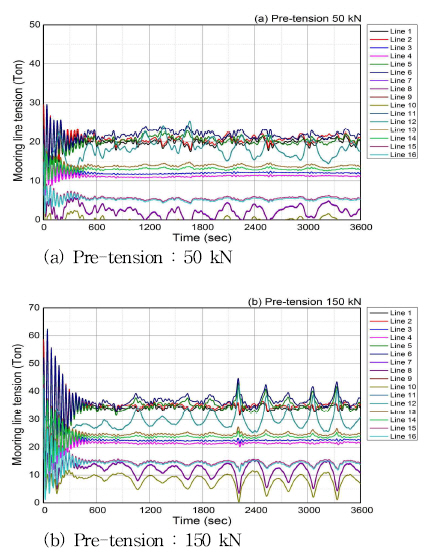
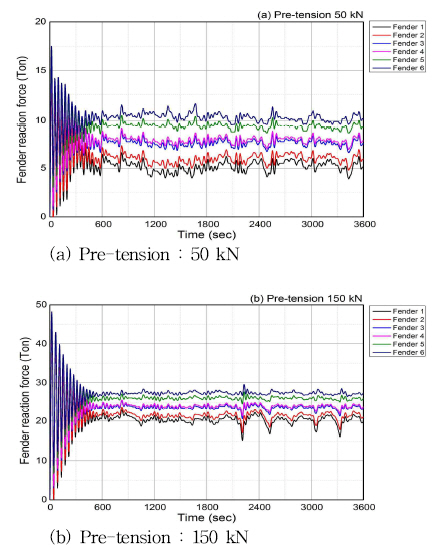
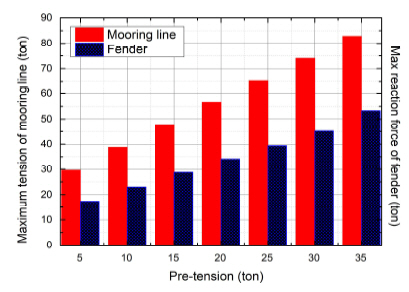
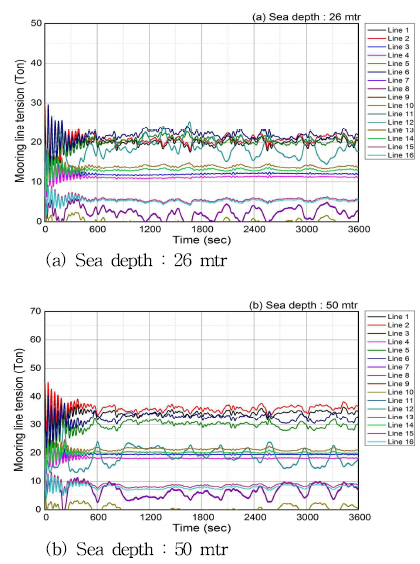
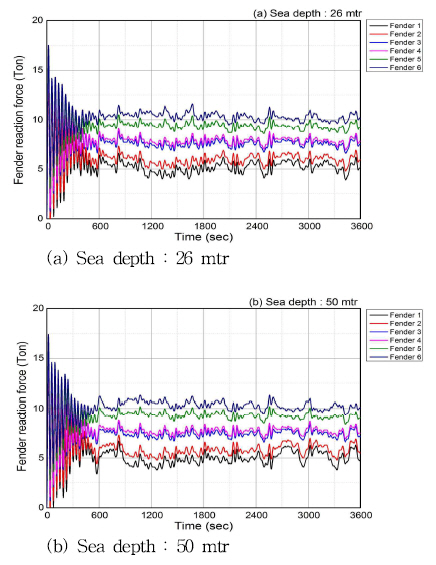
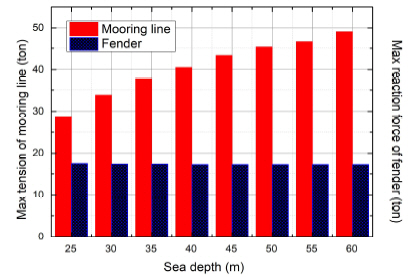
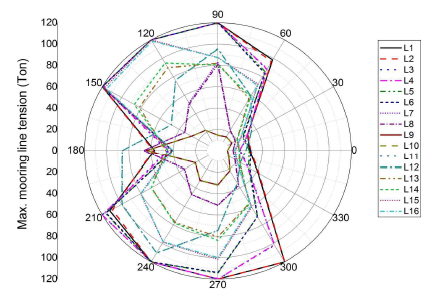
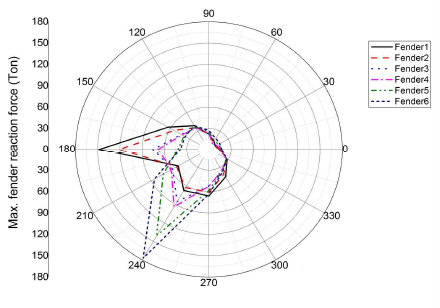
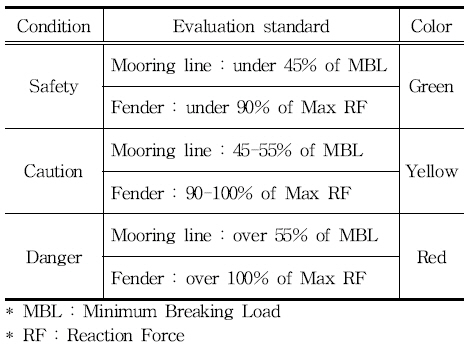

 PDF Links
PDF Links PubReader
PubReader Full text via DOI
Full text via DOI Download Citation
Download Citation Print
Print






